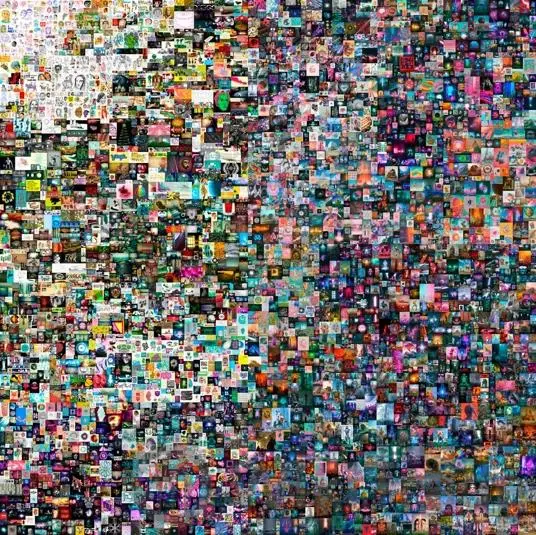Where to buy nft
Abstract: An NFT auction is like a big sale online. Buyers use special money called cryptocurrency to buy unique art pieces. The person selling the art sets a small price and a time limit for the sale.
NFT Auctions Explained
NFT auctions are online sales where buyers use cryptocurrency to purchase unique digital art. The seller sets a starting price and a time limit for the auction. Here's how it works:
- English Auction: Bidders openly compete by increasing their bids until the highest bidder wins.
- Dutch Auction: The seller starts with a high price that decreases until a buyer accepts the current price.
- Sealed Envelope Bidding: Bidders submit their offers in sealed envelopes, and the highest bid wins.
- Fixed-Price Listing: Sellers set a specific price, and buyers can purchase directly at that price.
To bid, visit an NFT auction site, find the NFT you want, enter your bid, and submit it. You can also set a maximum bid to let the platform bid on your behalf.

NFT Gaming
NFT games integrate NFTs as a core component, allowing players to own in-game assets. The benefits include:
- Sovereign Ownership: Players truly own their digital assets, which can be traded or built upon.
- Interoperability: NFTs can be used across different games, thanks to shared blockchain infrastructure.
- Monetization: Players can earn real money by buying, selling, or trading NFTs, and developers can earn royalties.

Tokenized Real Estate
Tokenized real estate represents properties or their cash flows as blockchain tokens. This increases liquidity, streamlines processes, and enables digital ownership. Benefits include:
- Increased Liquidity: Easier transactions and lower barriers to entry attract more market participants.
- Better Price Discovery: Fractionalized tokens can help determine fair-market values.
- Lower Costs: Smart contracts automate processes, reducing the need for intermediaries.
- Reduced Fraud: Blockchain technology minimizes information asymmetry, a common cause of fraud.

Notable NFT Examples
- Beeple's “Everydays: The First 5000 Days”: The first purely digital NFT artwork auctioned at a major house for $69 million.
- William Shatner's Personal Memorabilia: Sold 125,000 units in 9 minutes, showcasing the power of NFTs in personal branding.
- Grimes' “WarNymph”: Made $5.8 million by selling a collection of 10 digital assets.

Buying NFTs
NFTs are unique digital assets that can represent various items, from art to real estate. They are bought and sold on NFT marketplaces, which are online platforms facilitating transactions.

Popular NFT Marketplaces
- OpenSea: The largest NFT marketplace with a wide range of categories and low fees.
- Magic Eden: A community-centric platform on the Solana blockchain with no listing fees.
- Rarible: Offers interoperability across multiple blockchains and charges a 1% transaction fee.
- Binance NFT: A secure platform with a flat 1% transaction fee and various additional fees for services.

How to Buy NFTs
Once your wallet is funded, you can buy NFTs on these marketplaces through fixed-price listings or auctions. Timed auctions are like English auctions, while Dutch auctions start with a high price that decreases until a buyer accepts it.
By understanding the types of NFT auctions, the benefits of NFT gaming, and the process of buying NFTs, you can navigate the world of non-fungible tokens with confidence. Whether you're an artist, a gamer, or an investor, NFTs offer unique opportunities in the digital realm.





Top News
 WikiTrade
WikiTrade WikiTrade
WikiTrade WikiTrade
WikiTrade WikiTrade
WikiTrade WikiTrade
WikiTrade WikiTrade
WikiTrade WikiTrade
WikiTrade WikiTrade
WikiTrade WikiTrade
WikiTrade WikiTrade
WikiTrade


